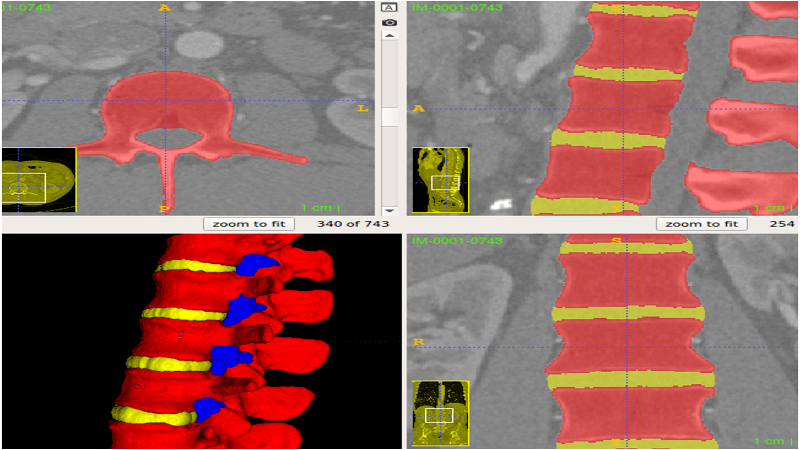
A group of researchers developed an inexpensive, 3D Printable Neuraxial Anesthesia Phantom through the use of free/libre/open-source (FLOS) software and data from CT scans to create a 3D model of the lumbar spine, which was then modified, put inside a digitally designed housing unit, and 3D printed out of PLA on a desktop system. The so 3d Printed Neuraxial Anesthesia Training Model cost only $13 and 25 hours of non-supervised 3D printing and two hours to assemble it, much less than creating a Simulab phantom.